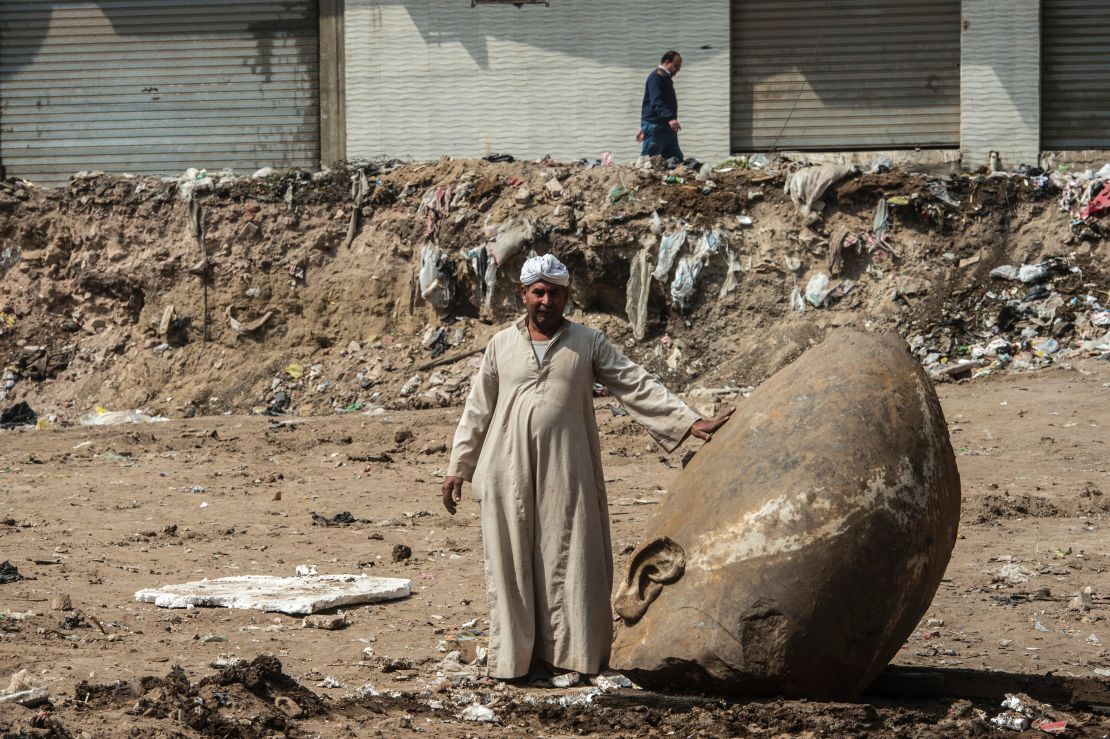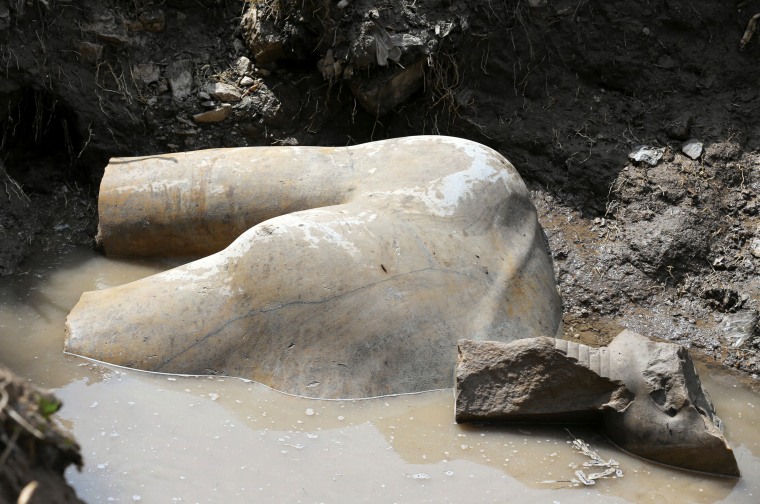The Egyptian Ministry of Antiquities is calling the discovery of a massive 3,000-year-old statue believed to represent Ramses II “one of [its] most important archaeological discoveries.”
Mahmoud Afifi, the ministry’s head of Ancient Egyptian antiquities, stated that although the statue has no inscriptions identifying it as Ramses II, its finding next to the gate of a temple devoted to him makes him the most likely subject. However, Raue says that even though Ramses II undoubtedly erected the statue there, the jury is still A worker stands with part of the quartzite head, removed Thursday. KHALED DESOUKI/AFP/AFP/Getty Images
A worker stands with part of the quartzite head, removed Thursday. KHALED DESOUKI/AFP/AFP/Getty Images

The battle to save Libya’s World Heritage sites
Afifi responded by saying the sheer weight of the head was a factor, with Raue confirming the statue had not been damaged in the process.